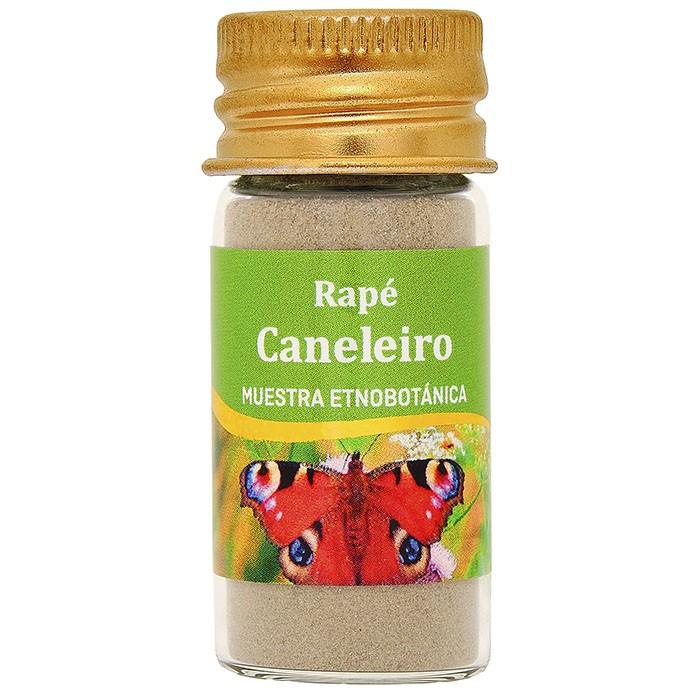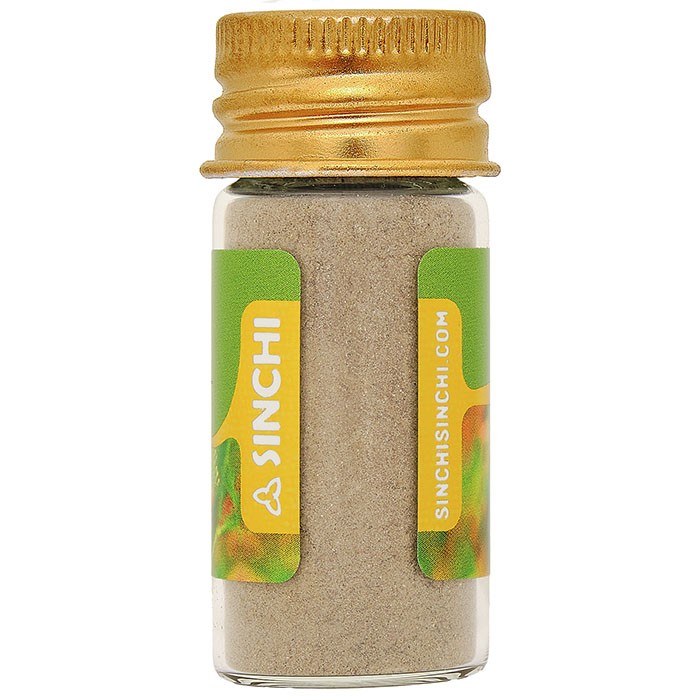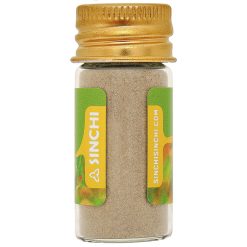Caneleiro
32,00€
This variety contains Caneleiro (Cenostigma macrophyllum) ash and natural mapacho de cuerda. It works on the sacral chakra and the fire element.
Caneleiro is a tree of great beauty, especially when it begins to bloom and is covered with clusters of orchid-like yellow flowers that attract many insects and birds with their fragrance.
-Size: 10 ml bottles (8 to 9 grams).
-Use: Ethnobotanical curiosity.






